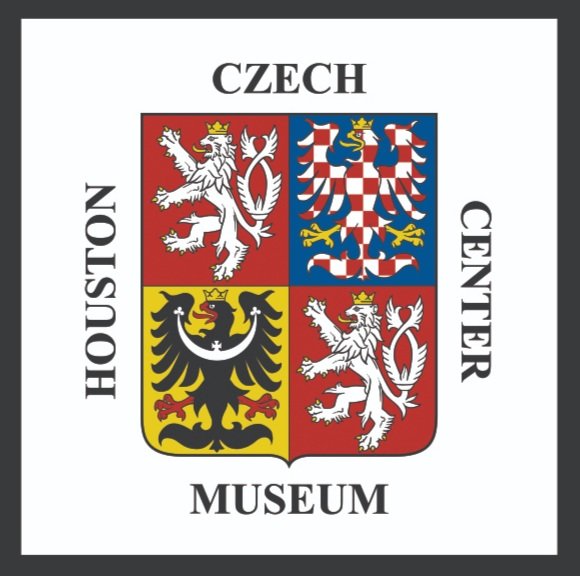The history on rock music in Czechoslovakia begins with its introduction in the early 1950s, beginning apolitically. By 1968, the apolitical aspect changed, in response to the 1968 Soviet bloc invasion, causing rock music to finally rebel and criticize the government, through satire and cryptic messaging, as the lyrics and content of rock songs were monitored.
Ten Popular Breweries in the Czech Republic
Emperor Rudolf II: Prague's Patron of Arts and Science
Rudolf II, leader of the Holy Roman Empire, ruled from 1575-1612. His reign as emperor was nontraditional and he was well known for his patronage of arts and science. Under his rule, alchemists were protected and allowed to experiment and learn, making Prague one of the cultural centers of this scientific discipline. His rule also allowed artists from all over Europe to thrive and flourish, which artists noticed and greatly appreciated.
Prague Travel Guide
The Church of St. Cyril and Methodius: A History Old and New
The Dancing House of Prague
The Languages of Kafka
Bohemian Garnet
Cinema Under Communism: The Czech New Wave
The Czech New Wave was an important film movement led by daring, rebellious film directors in the sixties. Since the nationalization of the film industry in 1945, cinema had gone stale. In the fifties, each film adhered so tightly to the standards set by the communist government that moviegoers found themselves bored in the theatres. Plot threads were , an aspect that would be criticized extensively during the movement (Kehr 2008).
The Czech Republic and its’ Contribution to Cinematography
Czech Spring Rituals and Celebrations of Love
In Slavic cultures, spring has always been the most important time of the year - it’s the time of rebirth, associated with life, fertility, and love. Ancient Slavs celebrated the end of winter and the coming of spring with a number of festivals and rituals. Among Czechs, one such tradition has survived to this day - popularly known as Czech Valentine’s Day.
Czech Street Food
Food is one aspect of culture that is almost universally accessible. For many traveling, trying different cuisines, especially street foods, is an exciting part of visiting a new country. The Czech Republic has its own unique kitchen, and although the popularity of street foods is still growing, there are some dishes that are well-known in the country.
The Czech Republic's Communist-Era Architecture
For the Communist countries in Eastern Europe, the necessary rebuilding following World War II was accomplished in the construction style that the Soviet Union popularized. As a result of this period, the Czech Republic has many buildings and monuments that differ significantly from the historic ones surrounding them, serving as a reminder of its Communist era.
Five Czech Towns to Visit
With twelve UNESCO World Heritage Sites, four awe-inspiring national parks, and literally thousands of castles, there is much to see in the Czech Republic beyond the beautiful city of Prague. Today, we’ve compiled a short list of five towns that definitely warrant the trip next time you visit the country.
Memento Mori
Prague's St. Vitus Cathedral
Prague Castle is one of the biggest tourist attractions in the city. This complex is the largest in the world, and people from around the world visit to marvel at the site. Inside the castle complex lies St. Vitus Cathedral, the biggest cathedral in the Czech Republic and a wonder of Gothic architecture.
JoĹľa Uprka
Prague Spring
Jan Hus: Czech Reform Theologian
Only a few years before Jan Hus was born, the Middle Ages came to a close. The term "Middle Ages" is used by modern scholars to reference a specific period in history. It began roughly with the collapse of Roman civilization around the 5th Century CE to the Renaissance. There are a few conflicting starting points for the Renaissance period. Depending on the location in Europe, the Renaissance started around the 13th, 14th, or 15th Centuries.
Prophecies of ł˘ľ±˛úłÜš±đ
This ancient Bohemian legend dates back to the 8th century and tells the story of an oracle who foretold the coming of a golden city. ł˘ľ±˛úłÜš±đ, and her prophecies, were both a warning and blessing to her people. Ultimately, her prophetic visions would cause a chain reaction that would end her rule and usher in the ±ĘĹ™±đłľ˛â˛ő±ôid Dynasty.
























